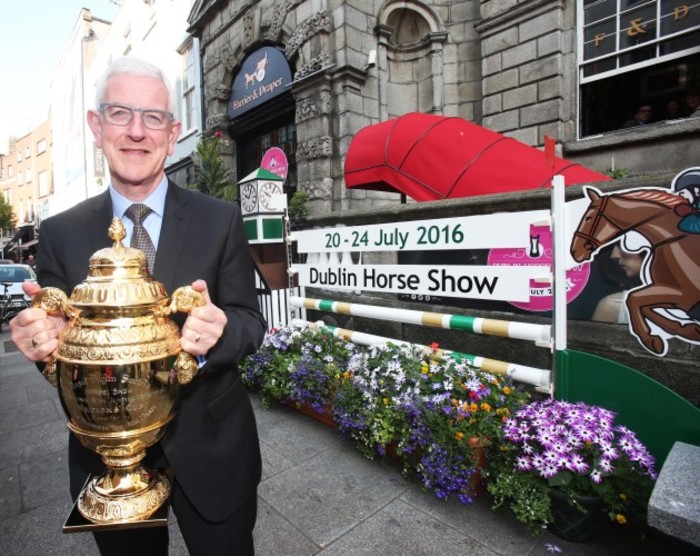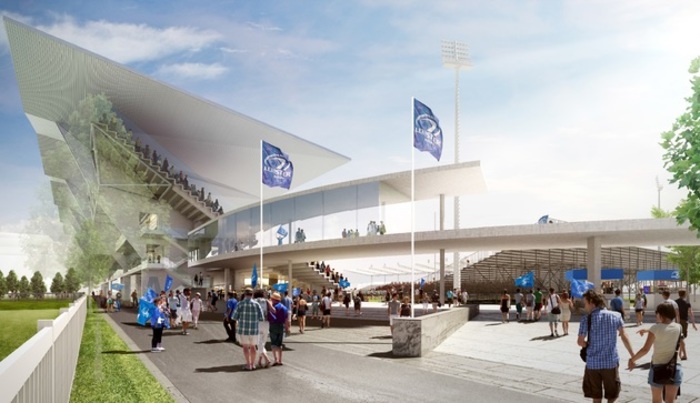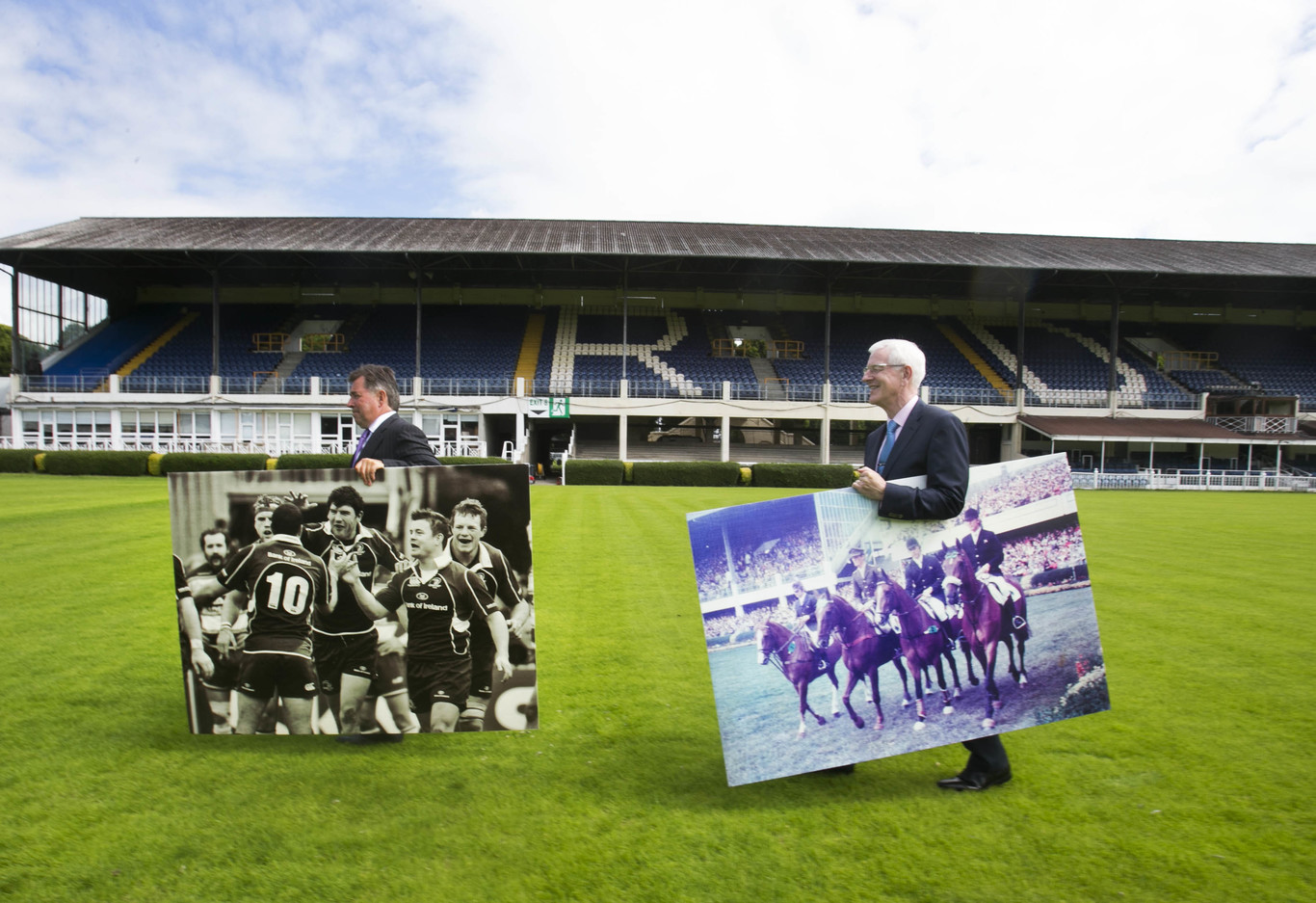The RDS is in no shape to host international events like Rugby World Cup games
Documents reveal the society has been lobbying to get government backing for its €35m overhaul.
THE RDS’S MAIN arena cannot host Rugby World Cup games until it gets a multi-million euro revamp – which will require a grant to go ahead.
That was the message from the Royal Dublin Society as it made its pitch to the government for state funding, which it said is crucial for the €35 million project.
However, no grant has been finalised despite the revamp being announced more than a year ago.
The submission, sent by the society to the Department of Transport, Tourism and Sport and released to Fora under the Freedom of Information Act, stated that the bulk of the project would be bankrolled by the RDS’s own resources, but it would also “require a once-off, partial capital support from the government if it is to proceed”.
The proposal, sent by RDS CEO Michael Duffy to former sports minister Paschal Donohoe at the start of September, said that the organisation identified “a number of key defects with the condition of the existing main arena … as well as capacity constraints which can be a deterrent to increased attendance numbers”.
“It is also no longer suitable to attract international mobile events, the hosting of which face strong international competition and which have significant employment and tourism benefits for Ireland,” it said.
“Deficiencies include structural issues with the Anglesea stand, toilet facilities that do not meet current standards, space constraints for catering and facilities and disability access issues.”
 RDS chief executive Michael Duffy
RDS chief executive Michael Duffy
Rugby World Cup
The stadium is one of several venues that have been earmarked for use if Ireland is successful with its 2023 Rugby World Cup bid.
However, the submission by the RDS said that the stadium would fall short of the standard required unless it got the necessary backing for the revamp and to lift its capacity from 18,500 to 25,000.
“The RDS has identified a number of opportunities for the main arena over the coming years, including international soccer matches and more diverse sporting, cultural and religious events,” it said.
“There are also potential events such as the Special Olympics and matches in the 2023 Rugby World Cup which may be feasible with a redeveloped stand but not with existing facilities.”
A spokesman for the RDS told Fora that no grants had been awarded yet and that the “primary focus” of the redevelopment was on sport and outdoor concerts.
“The ‘international mobile events’ referred to in the submission relate to show jumping, rugby, soccer, outdoor concerts, and other potential opportunities such as cultural and entertainment events of an international nature,” he said.
 An artist's impression of what the stadium will look like after the revamp
An artist's impression of what the stadium will look like after the revamp
First phase
Details of the organisation’s finances, such as how much funding the RDS is asking the government for, were redacted in the released submission.
However the document said “if a positive decision on partial funding is provided, it is intended to commence the first phase of the redevelopment in August 2016″.
“It will be necessary to undertake the redevelopment in phases, concentrating initially on the most significant element of the redevelopment, namely the critical need to replace the Anglesea stand. The first phase will be completed in 18 months and the arena will continue to operate during this time.”
It was first announced in April 2015 that the arena, which is used as the home ground of the Leinster Rugby team, would get a major redevelopment.
The society has said that it has a budget of at least €20 million for the project, although there are reports that costs could come to as much as €35 million.
Last year the RDS reported revenue of €18.4 million, up from €17.6 million in 2014. It also posted an operating profit of €1.8 million, up from €1.5 million.






